Bryce Canyon National Park: A Symphony of Stone and Sky
Nestled in southern Utah, Bryce Canyon National Park is a place where nature’s artistry takes center stage. Known for its surreal landscape of crimson spires, towering hoodoos, and sweeping amphitheaters, Bryce Canyon is not a canyon in the traditional sense—it’s a series of natural amphitheaters carved into the eastern edge of the Paunsaugunt Plateau. This unique terrain, combined with its rich geological history, makes Bryce one of the most enchanting destinations in the American Southwest.
First Impressions: A Landscape Like No Other
Visitors often describe their first glimpse of Bryce Canyon as stepping into another world. The park’s signature formations—called hoodoos—rise like stone sentinels from the canyon floor, their shapes whimsical and otherworldly. These spires range from a few feet to over 150 feet tall, creating a labyrinth of color and texture that shifts dramatically with the light. At sunrise and sunset, the amphitheaters glow in shades of orange, pink, and gold, offering photographers and dreamers alike a scene that feels almost magical.
The Geology Behind the Beauty
Bryce Canyon’s story begins millions of years ago during the Late Cretaceous and early Cenozoic eras, when much of Utah was covered by lakes and rivers. Sediments deposited in these ancient basins eventually hardened into layers of limestone, dolomite, mudstone, and sandstone. The most prominent layer in Bryce is the Claron Formation, a pink-hued limestone that gives the park its signature color palette.
Over time, tectonic forces uplifted the region, forming the Colorado Plateau. This uplift exposed the sedimentary layers to the relentless forces of erosion. Unlike the deep gorges of the Grand Canyon, Bryce’s amphitheaters were sculpted primarily by frost wedging and chemical weathering. Water seeps into cracks during the day, freezes at night, and expands, breaking the rock apart piece by piece. Rainwater, slightly acidic, further dissolves the limestone, carving intricate shapes. The result? Thousands of hoodoos standing like a stone forest, each one a testament to the slow, patient work of nature.
Hoodoos: Nature’s Whimsical Sculptures
The term “hoodoo” refers to irregular columns of rock formed by differential erosion. In Bryce, these formations often resemble castles, towers, and even mythical creatures. Some have names like Thor’s Hammer, Queen Victoria, and The Hunter, reflecting the human tendency to find familiar shapes in nature’s randomness. Hoodoos are not static; they evolve constantly. As erosion continues, today’s towering spire may become tomorrow’s rubble, replaced by new formations in an endless cycle of creation and destruction.
A Park of Many Perspectives
Bryce Canyon offers a variety of viewpoints, each revealing a different facet of its beauty:
- Bryce Point: Famous for sunrise views, where the amphitheater ignites in fiery hues.
- Inspiration Point: A sweeping panorama of hoodoos and distant plateaus.
- Sunset Point: Ideal for late-afternoon photography and access to the Navajo Loop Trail.
- Rainbow Point: The park’s highest elevation, offering vistas that stretch for miles.
Hiking trails like Queen’s Garden, Peekaboo Loop, and Fairyland Loop allow visitors to descend among the hoodoos, experiencing their scale and intricacy up close. For those seeking solitude, the park’s backcountry trails lead to remote areas where silence reigns and the stars dominate the night sky.
Life Among the Rocks
Despite its rugged appearance, Bryce Canyon supports a surprising diversity of life. Pinyon pines and junipers cling to rocky slopes, while ponderosa pines dominate higher elevations. Mule deer, pronghorn, and even mountain lions roam the park, though sightings are rare. Birdwatchers can spot peregrine falcons, ravens, and the vibrant western bluebird. In spring and summer, wildflowers like scarlet gilia and columbine add splashes of color to the desert palette.
A Sky Full of Stars
Bryce Canyon is renowned for its dark skies, making it one of the best stargazing destinations in North America. At night, the Milky Way arcs overhead in dazzling clarity, unspoiled by light pollution. The park hosts astronomy programs and night hikes, inviting visitors to experience the cosmos as ancient peoples once did. It’s a humbling reminder that Bryce’s beauty extends far beyond its earthly formations.
Seasons of Change
Each season brings its own magic to Bryce Canyon:
- Spring: Melting snow feeds streams, and wildflowers bloom among the hoodoos.
- Summer: Warm days and cool nights make for ideal hiking conditions, though afternoon thunderstorms are common.
- Fall: Crisp air and golden foliage create a painterly contrast against the red rock.
- Winter: Snow transforms the amphitheaters into a wonderland of white and crimson, offering a serene and almost surreal experience.
Human History and Cultural Significance
Long before Bryce became a national park, it was home to Indigenous peoples, including the Paiute, who believed the hoodoos were ancient beings turned to stone by powerful spirits. These stories add a layer of mysticism to the landscape, reminding us that Bryce is not just a geological marvel but a cultural one as well.
European settlers arrived in the late 19th century, and the park was named after Ebenezer Bryce, a homesteader who grazed cattle in the area. His remark that the canyon was “a hell of a place to lose a cow” became part of local lore. In 1928, Bryce Canyon was designated a national park, ensuring its protection for future generations.
Tips for Visiting
- Start Early: Sunrise at Bryce Point is unforgettable.
- Dress in Layers: Elevation ranges from 8,000 to 9,000 feet, so temperatures can swing dramatically.
- Stay Hydrated: The dry climate and high altitude can dehydrate you quickly.
- Explore Beyond the Rim: Hiking into the amphitheaters offers a completely different perspective.
- Don’t Miss the Night Sky: Plan for an evening under the stars.
Why Bryce Canyon Captivates
Bryce Canyon is more than a collection of rocks; it’s a living, breathing landscape that tells a story of time, transformation, and resilience. Its hoodoos stand as silent witnesses to millions of years of geological processes, while its trails invite us to slow down and marvel at nature’s artistry. Whether you’re watching the sunrise paint the amphitheater in fiery hues, hiking among towering spires, or gazing at a sky ablaze with stars, Bryce Canyon offers an experience that lingers long after you’ve left its rim.
So pack your camera, lace up your boots, and prepare to be humbled. Bryce Canyon isn’t just a destination—it’s a journey into the heart of Earth’s history and the soul of the American West.
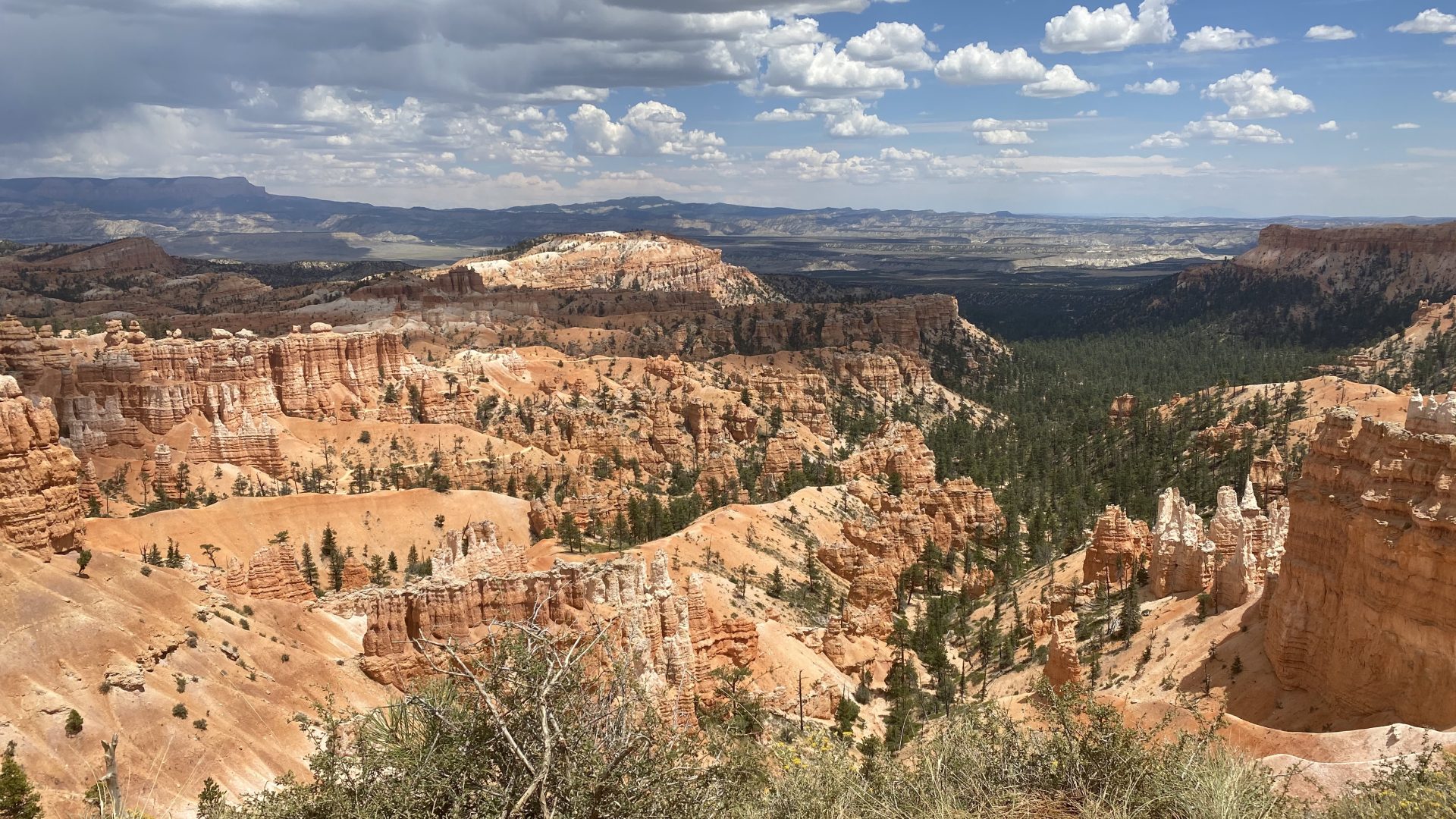
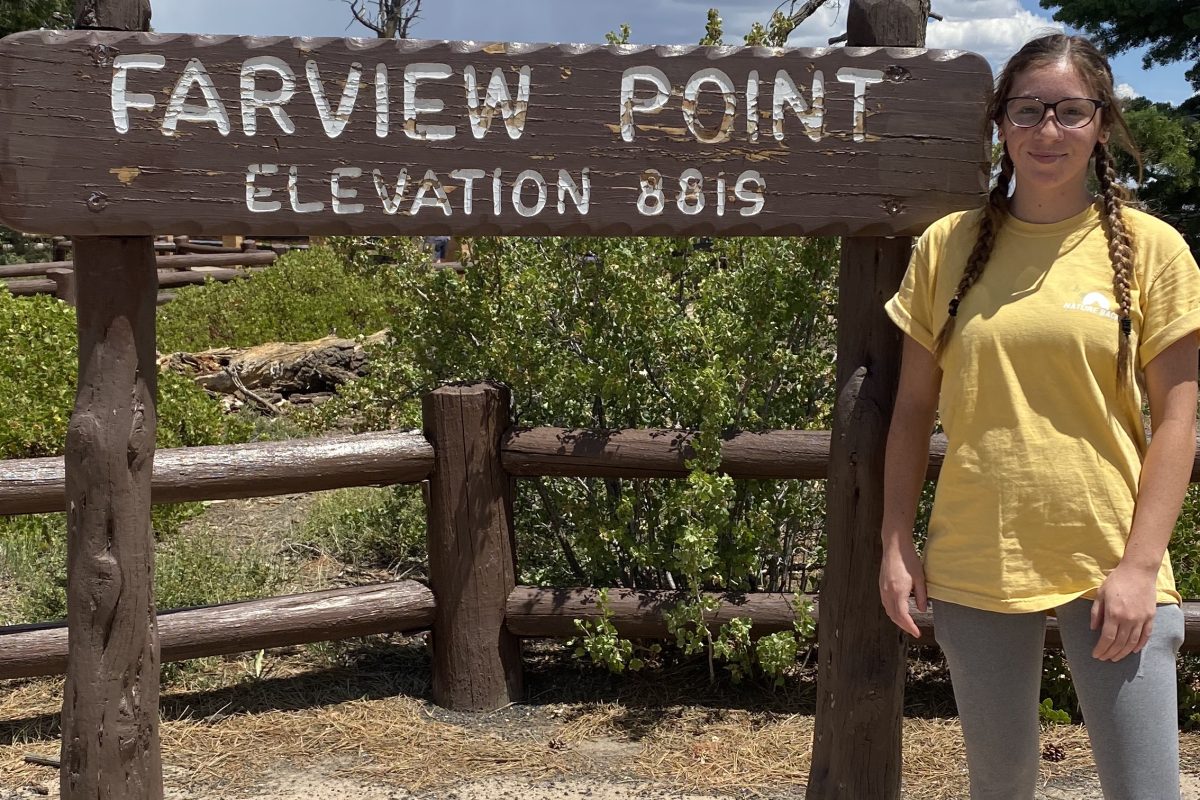
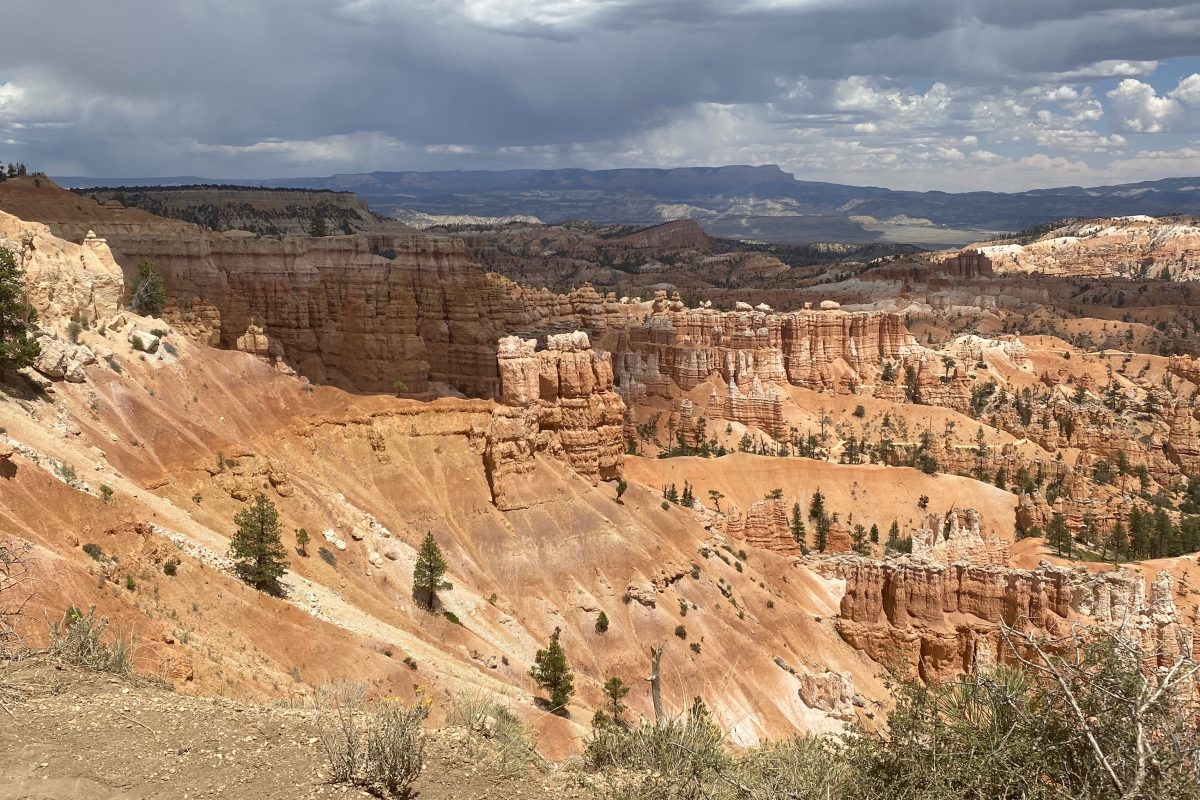
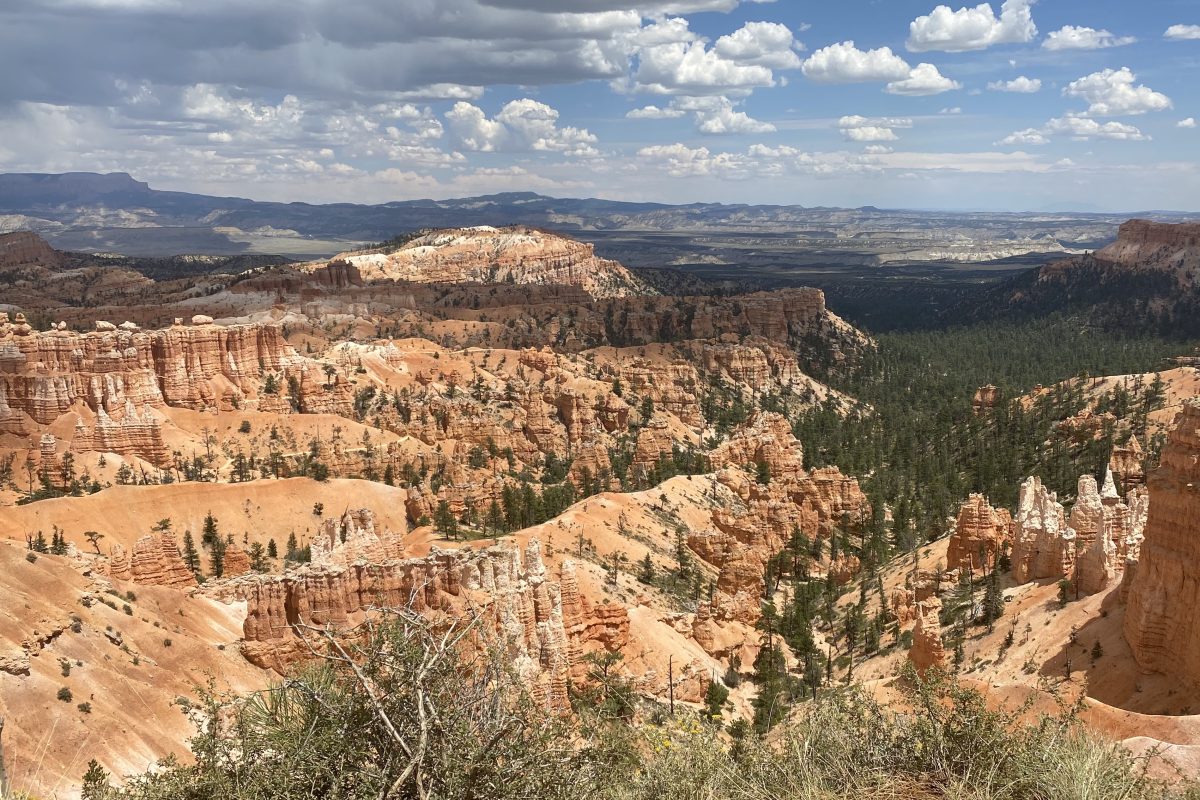
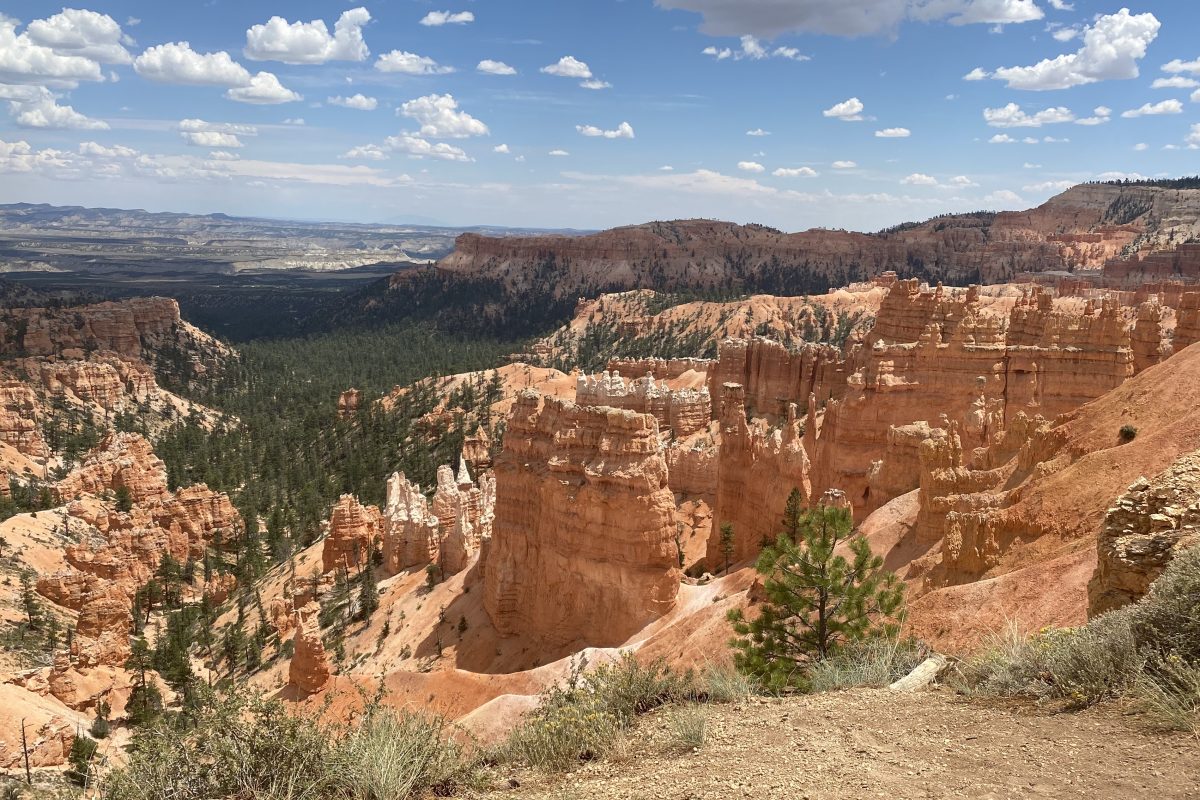



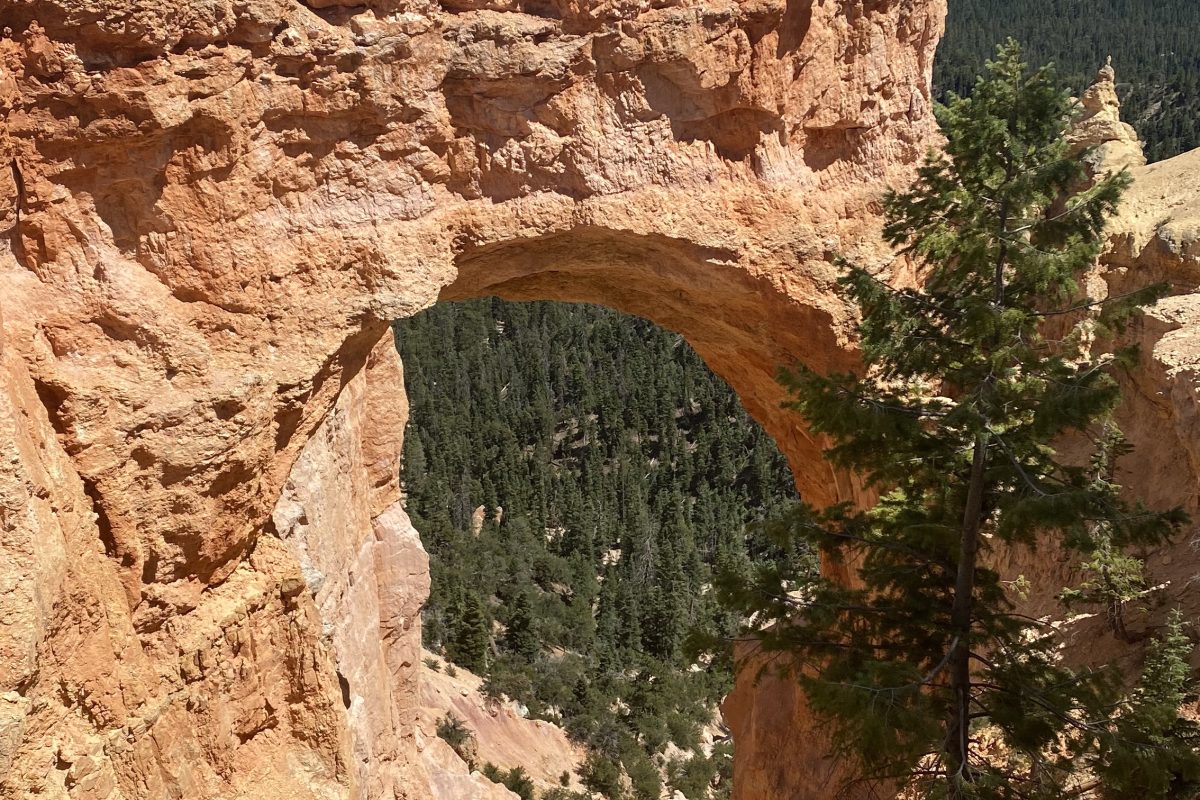

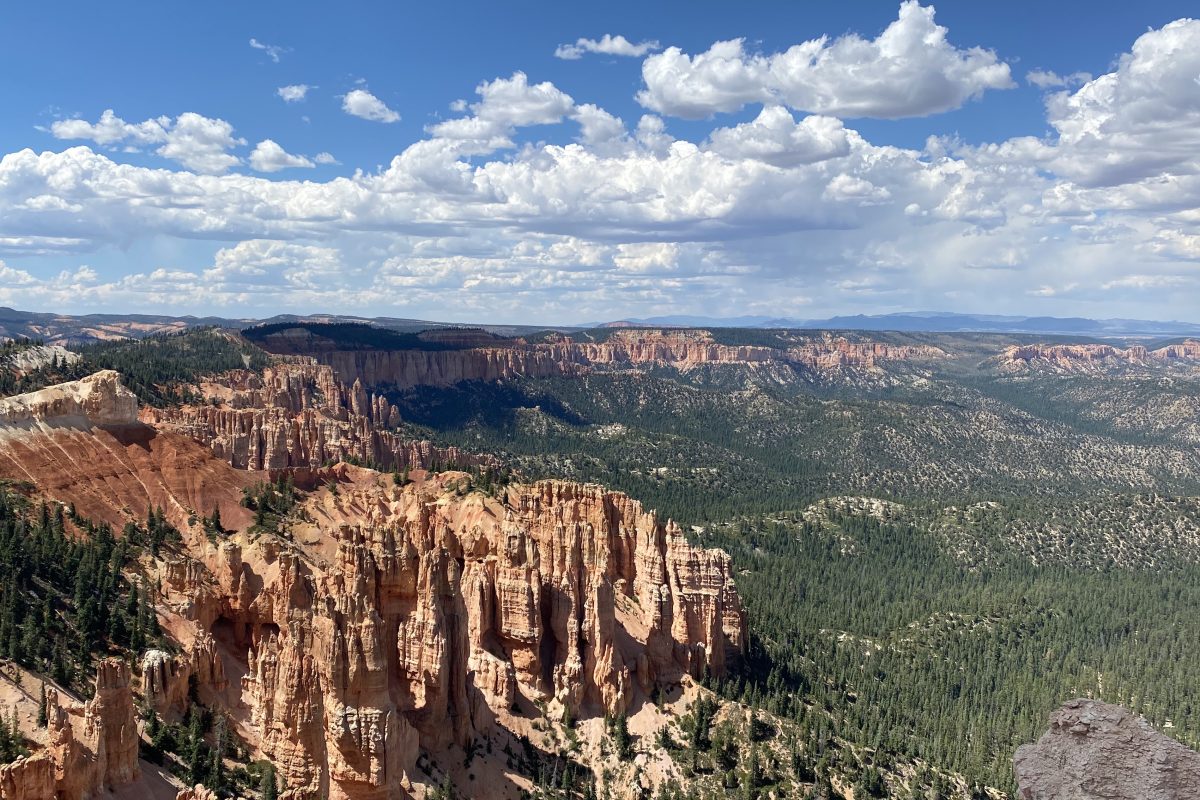
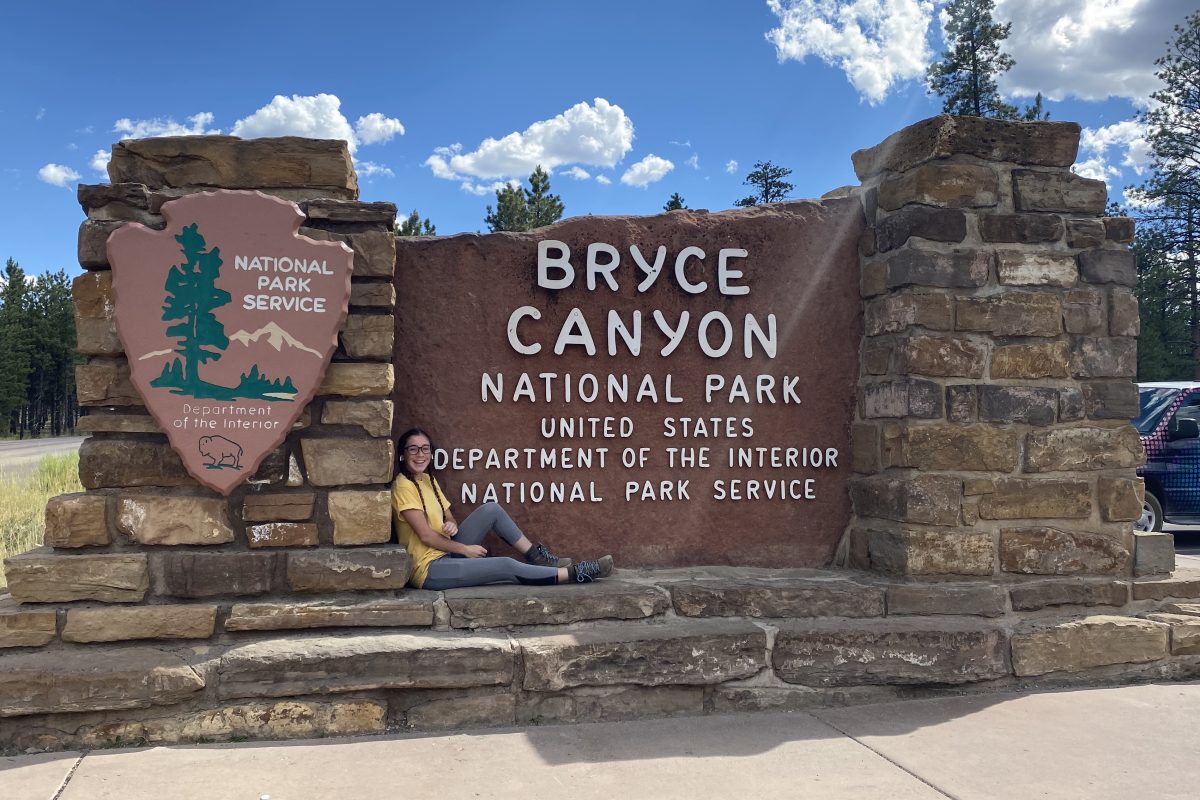
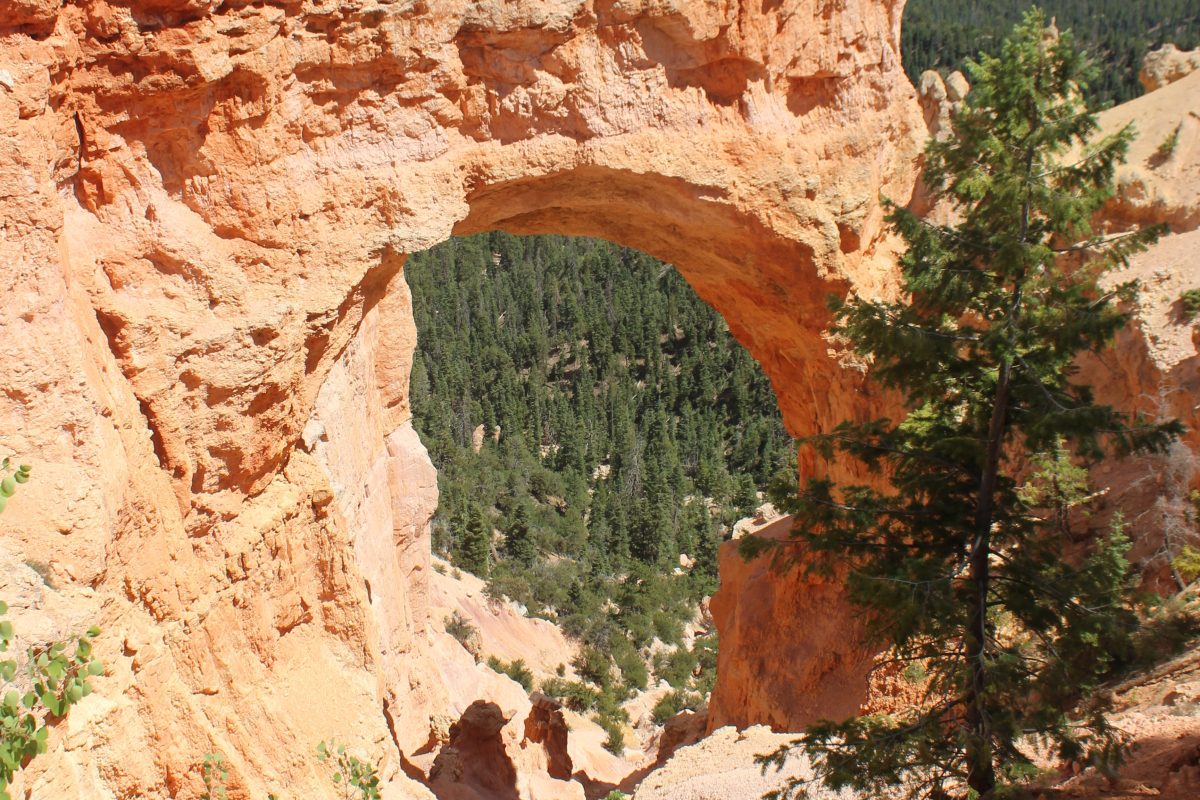
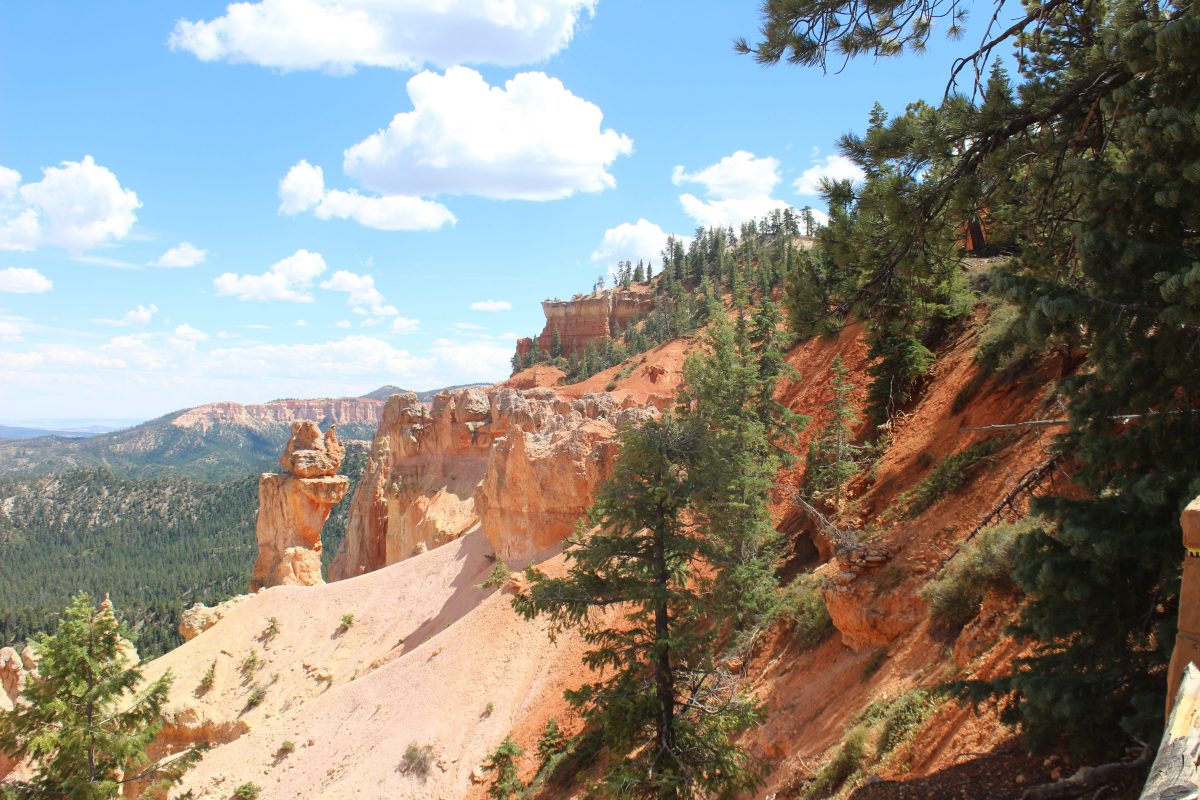

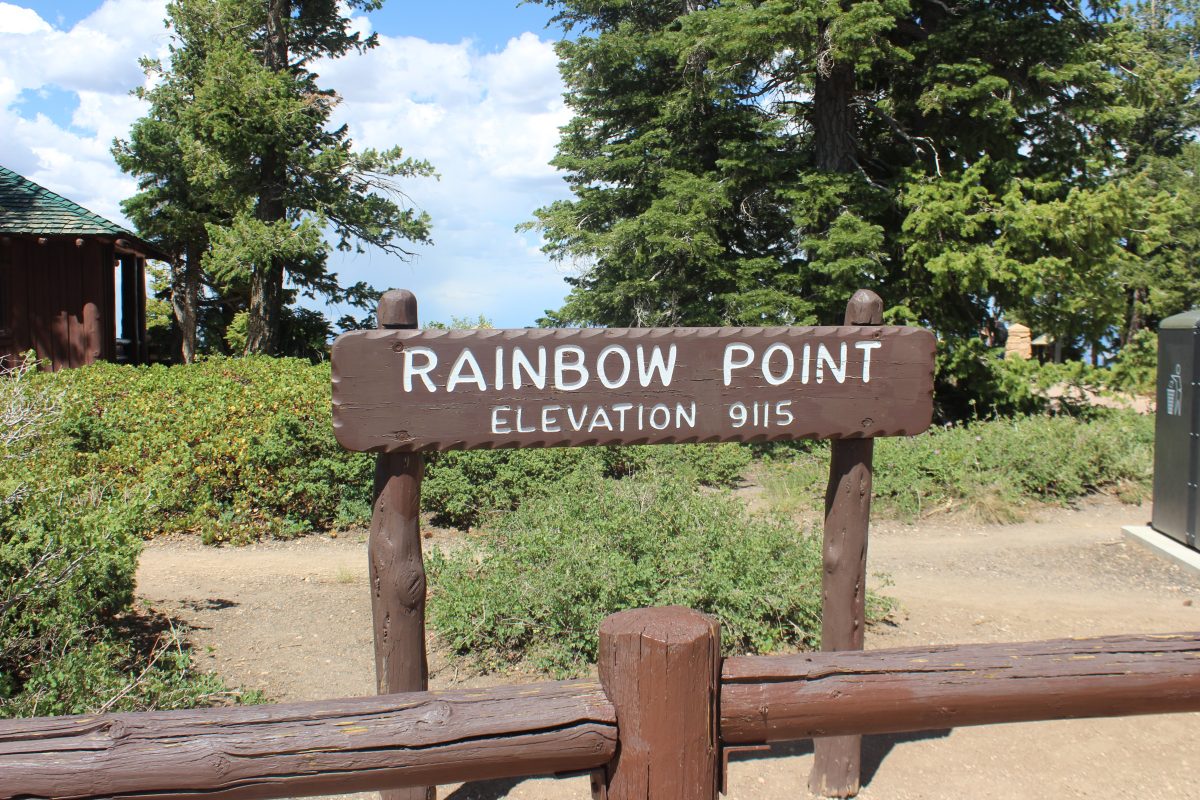
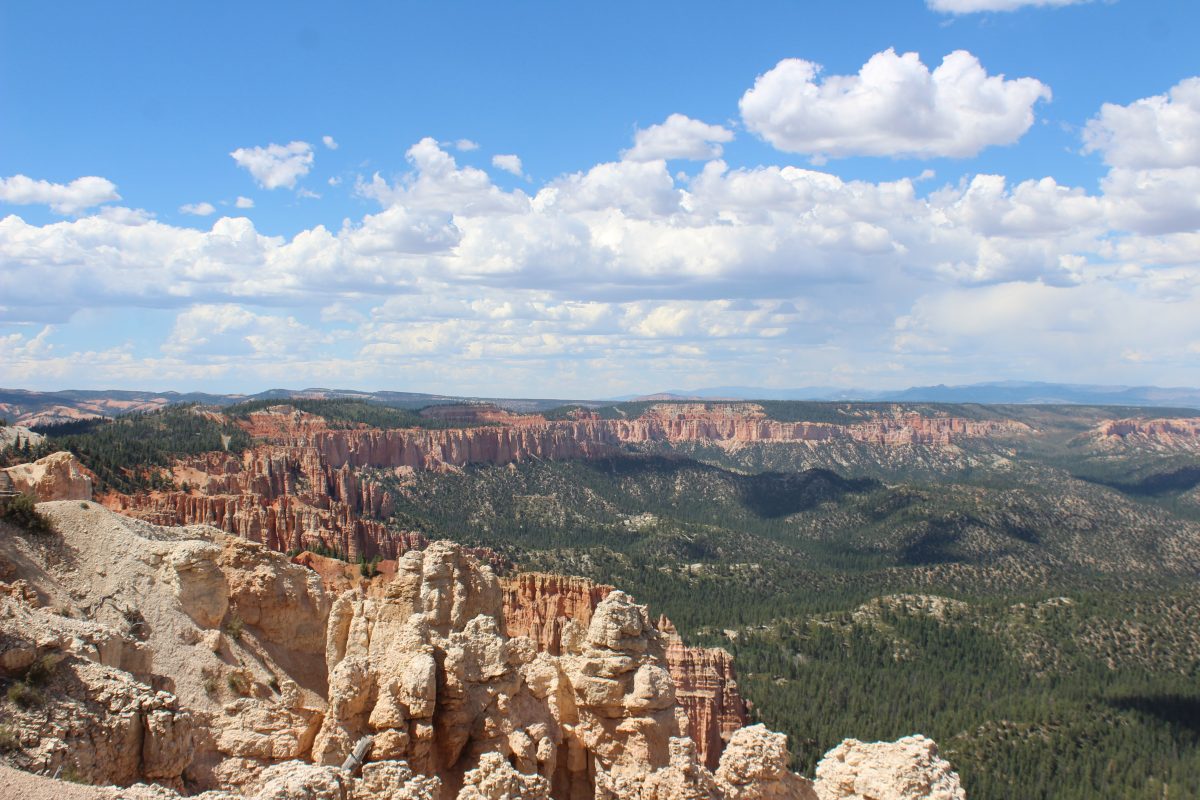
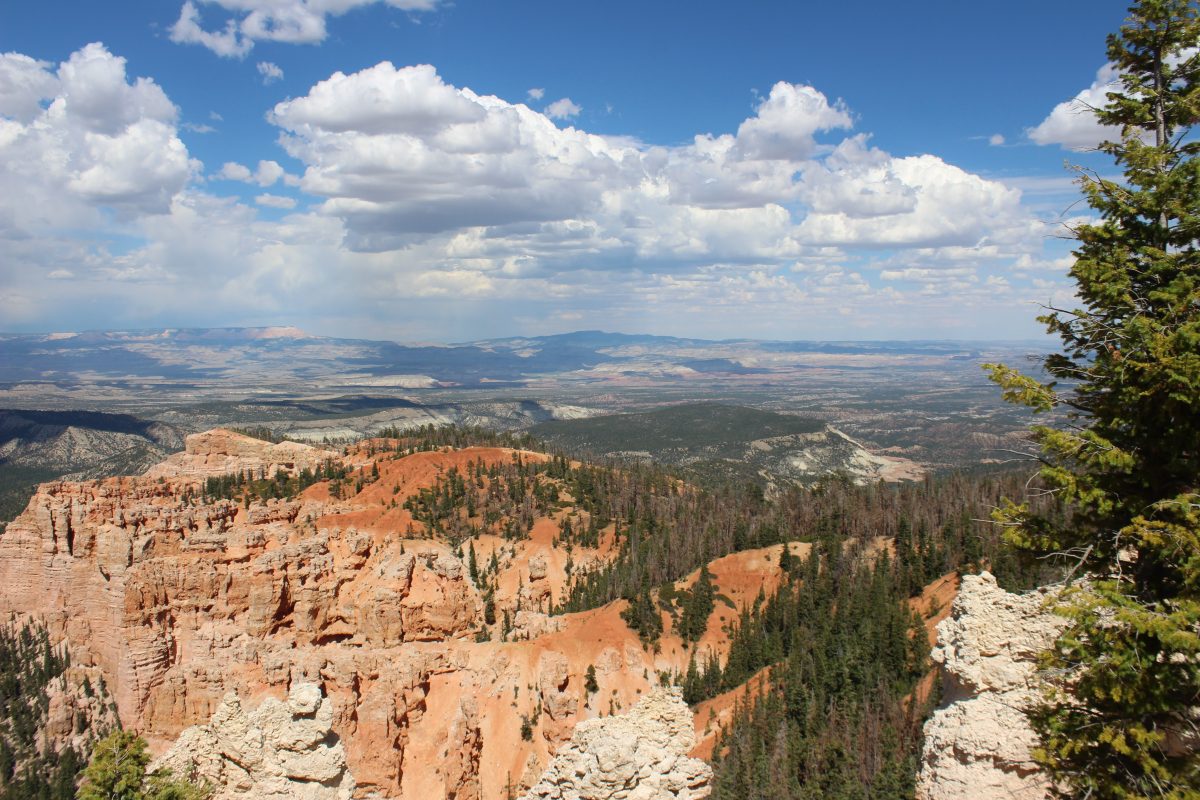

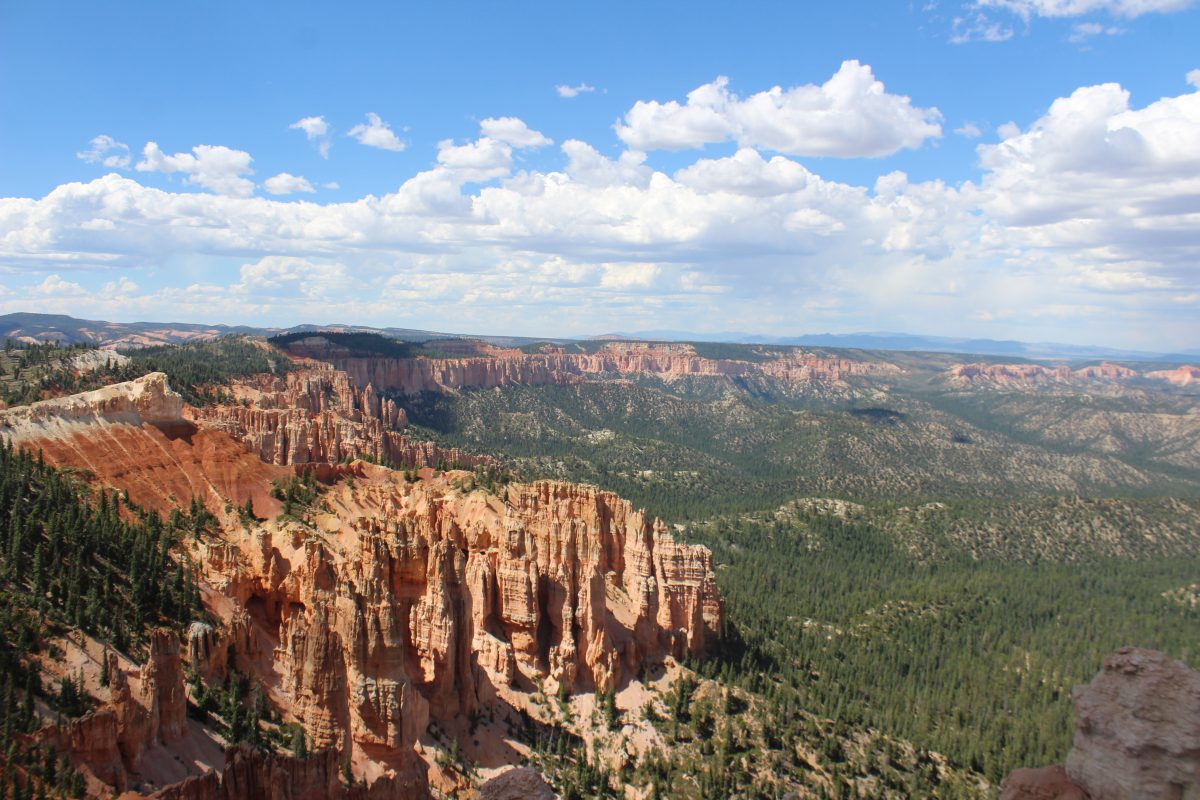
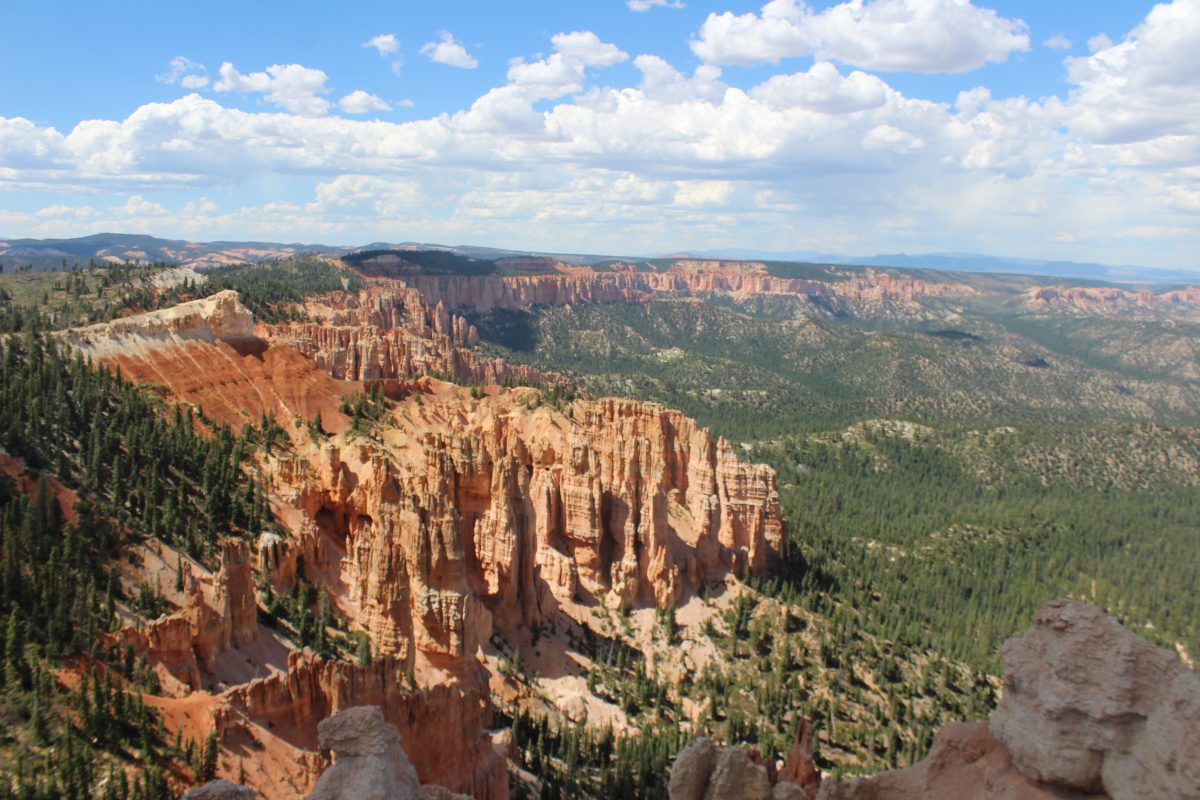


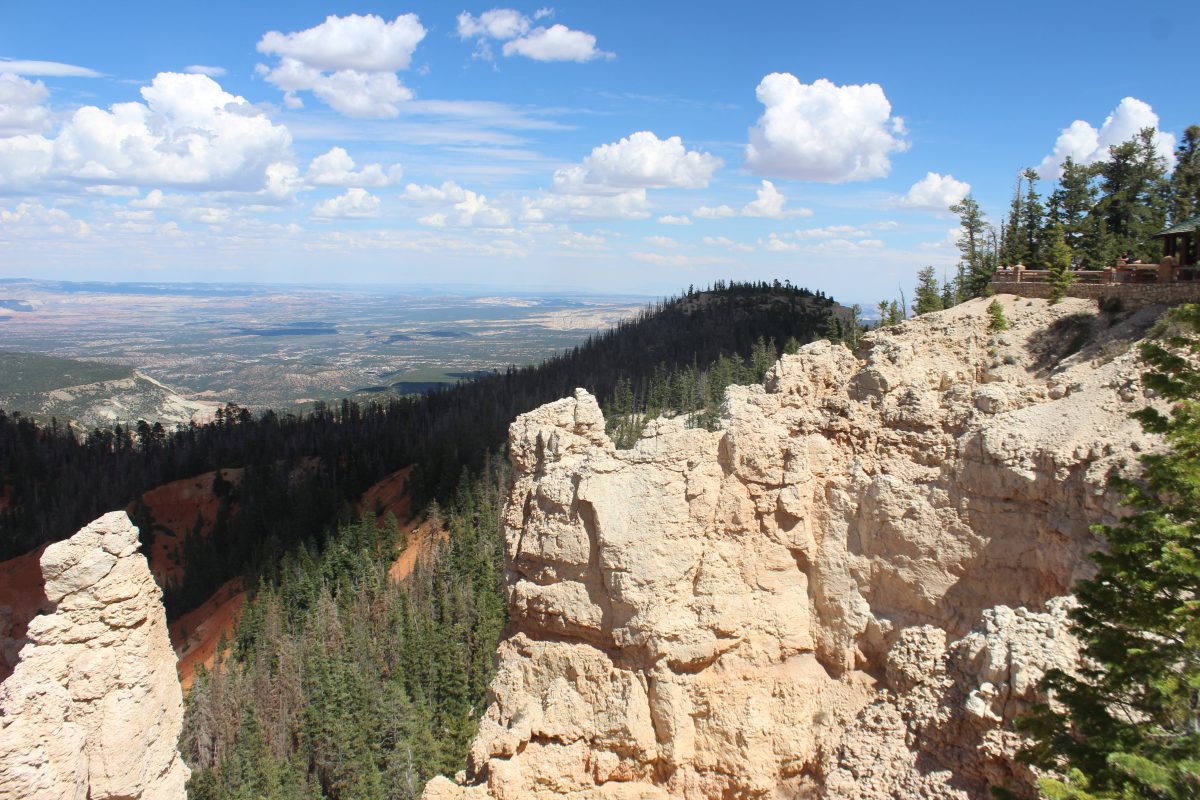
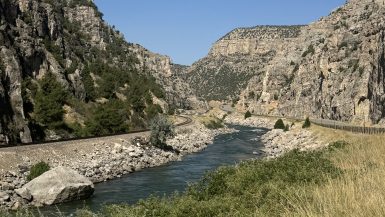


Leave a reply
You must be logged in to post a comment.